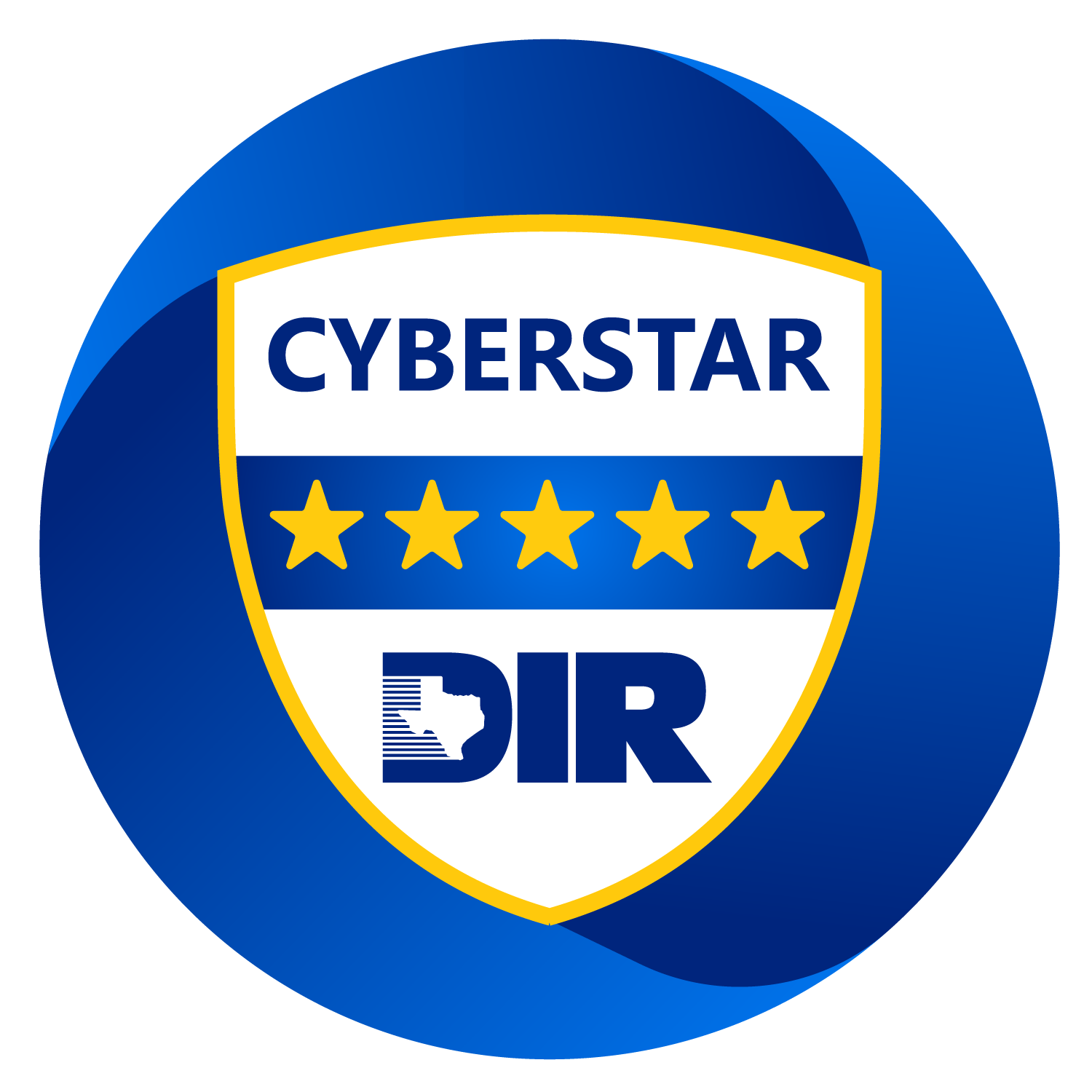The terms information security and cyber security are sometimes used interchangeably, which can cause confusion. While both are tasked with securing data, they are not the same. As more and more organizations move their operations to digital formats, a strong emphasis has been placed on securing digital data. Words like “cyberattack” or “data breach” permeate the
marketplace and media. Protecting digital assets is crucial to ensuring the functionality of an enterprise; however, that’s just one area of an organization’s sensitive information. Whether your enterprise utilizes on-premise IT networks, migrates to the cloud, or prints physical documents of sensitive data, it’s important to understand how information security and cyber security go about securing your data.
What is Information Security?
Information security is data security. Also known as InfoSec, information security refers to the practice of implementing safeguards to protect an organization’s data, such as business records, personal information, intellectual data, and more. InfoSec also includes policies and procedures that outline how an enterprise protects data. While most sensitive information is stored digitally, information security covers the protection of data in all forms, including physical files. The goal is to prevent unauthorized access, which can disrupt, exploit, modify, record, or destroy sensitive information. Physical files and folders are typically kept safe in locked filing cabinets with restricted access. Whether stored in the cloud, an on-premises network, or a filing cabinet, organizations need to set restrictions to limit access to data. Common ways to protect information include:
- Access controls
- Procedural controls
- Technical controls
- Compliance controls
What is Cyber Security?
Cyber security is a subset of information security. The main goal of cyber security is to protect networks, applications, devices, and the data they hold from cyber attacks or cyber breaches.
Cyber security looks to identify sensitive data and potential threats to their security. It also determines which measures should be implemented to provide the most robust defense possible. Some cybersecurity measures include firewalls, data encryption, antivirus programs, and strong passwords. They fall under the umbrella of the five types of cybersecurity:
- Network security
- Application security
- Cloud security
- Infrastructure security.
- End-user security
Differences Between Information Security and Cyber Security
While information and cyber security are closely related, they aren’t the same. Here are five important differences:
Security Approach
Cyber security is primarily tasked with overseeing the security of the network, applications, devices, and the data stored within them. It focuses on handling digital threats, cyber breaches, and cyber attacks, such as ransomware attacks, malware attacks, phishing attempts, brute force attacks, and more, to safeguard data.
Information security encompasses a broader approach to data protection. Along with digital data, information security also handles the protection of data beyond cyberspace. It includes protective elements such as physical security on-site. For example, physical documents need to be properly stored and secured to prevent unauthorized users from accessing them. Also, physical components such as hard drives need to be secured to prevent threats, such as spooling—the copying of data between different devices.
Elements
Cybersecurity elements usually include preventative measures like firewalls, antivirus software, data encryption, password management, and more.
Information security also includes many of these cybersecurity elements; however, InfoSec also incorporates physical security features, such as secured file cabinets, restricted control access to areas of the office space like departmental offices, and policies and procedures for properly handling, sharing, or disposing of both digital and physical data.
Applied Techniques
Cybersecurity teams run regular diagnostics on their organization’s IT system, looking for software that needs to be patched or updated, monitoring antivirus software, managing password updates, and more. For instance, an enterprise’s cybersecurity policy may have been updated to include two-factor authentication (2FA) or multi-factor authentication (MFA) for all end-users looking to access devices, software, or data. 2FA and MFA are the same with only one difference: 2FA requires only two forms of authentication, while MFA requires two or more. Types of accepted authentication responses include a password, biometric markers like fingerprint ID, voice ID, face ID, or verification code.
Information security teams develop disaster recovery plans to minimize an organization’s separation from sensitive data in the event of a data breach, cyber attack, or even a natural disaster. Disaster recovery plans include procedures and steps to regaining data, prioritize the order of data retrieval, and also provide preventative measures to safeguard data, such as storing copies on the cloud. InfoSec specialists test these plans to ensure the procedures work efficiently.
How Cyber Security and Information Security are Related
Cyber security and information security are very closely related because they share the same primary goal: to ensure data security. Cybersecurity falls under the larger umbrella of information security. Cyber security is one facet of information security. InfoSec casts a wide net by securing all kinds of information, including digital or physical files—cyber security zeros in on securing digital information from malicious threats or unauthorized access.
Information security and cyber security also share the same security practices. InfoSec and cybersecurity utilize the CIA model: confidentiality, integrity, and availability of information. CIA is used to enforce an organization’s security procedures and policies. As cybersecurity works to ensure that sensitive digital data can only be accessed by authorized parties, information security makes sure that the data remains reliable. In other words, InfoSec looks to prevent threat actors from modifying the data in any way. With information unspoiled and safeguarded from unauthorized users, the data must also be made readily available for access by the proper users. Whether financial statements, product design information, or something else, organizations need to be able to access information anytime.
Cynergy Technology is a leading full-service technology provider that specializes in cloud computing solutions and cybersecurity. With over forty-two years of experience, our team of professionals can assist your organization in finding cybersecurity and information security solutions to safeguard your sensitive data. With the peace of mind and confidence that comes with properly secured data, you can return to doing what you do best—running your business. Contact our team of experts today for a free consultation!







